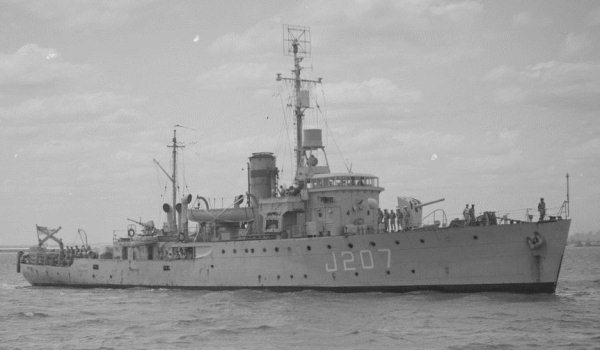8. THE ELCO CONTRACT
War in Europe brought a note of urgency to the PT program. Only PT's 1 and 8 were actually under construction, and no one could say how the new boats might turn out.
Meanwhile, the Scott-Paine boat seemed acceptable. The difficult transition from drawing board to finished product had been made. Elco had the plans and the license to build. Furthermore, Elco's experience with British ML's in the last war was proof of the company's ability to produce.
On October 3, Mr. Edison, by then Acting Secretary of the Navy, informed the President that he wished to acquire additional boats of Scott-Paine design, using unexpended funds from the $15 million appropriation for construction of experimental vessels. The President indicated his approval on the face of the Secretary's letter, adding, "How many? How much?"
About $5 million remained of the original $15 million. Mr. Sutphen thought he might build 16 boats for this price, but after Mr. Edison pointed out that the Navy wished to operate the boats in squadrons of 12, he agreed to build 23 boats, which, with PT 9, would make 2 complete squadrons.*
Final decision was reserved until November 1, when PT 9 ran rough water trials. With Scott-Paine again at the wheel, the boat passed her test with flying colors. Comdr. Robert B. Carney, one of the inspecting officers, and later to become Chief of Naval Operations, reported to Mr. Edison:
The weather conditions afforded an opportunity to see the boat in almost every condition of sea, and she was handled and maneuvered without reservation or without attempt to spare either boat or personnel and under all conditions of course, wind, sea, and speed, the boat performed amazingly well . . .
As a sea boat PT 9 has my unqualified approval and I have such confidence in the boat after observing her in rough water that I would not hesitate to take her anywhere under any conditions . . .
I started out on the trials frankly skeptical about the claims I have heard for this boat during the past year, and I asked for every condition which I thought might bring out weaknesses in the boat's performance; Mr. Scott-Paine was more than glad to go anywhere at any speed or on any course that I requested, and on the run from Watch Hill to Race Light he handled the boat much more roughly than was necessary to demonstrate the qualities of the boat.
On December 7, 1939, the Navy Department made an award to Elco for construction of 11 motor torpedo boats, PT's 10 to 20, and 12 motor boat submarine chasers, PTC's 1 to 12. The boats themselves were to be replicas of
*Mr. Sutphen has stated that his company lost $600,000 on this contract.
--47--
The Scott-Paine model. The only major deviation was the substitution of Packard engines for Rolls-Royce engines.
The Navy Department granted Elco a delay in delivering PT 9 until January 3, 1940, as an aid in building her sister craft. Company officials had a rude shock when they tried to work from the Scott-Paine plans. They discovered they had a hodgepodge of partial sets of blueprints for three separate boats, none of them exactly matching PT 9. They resolved the difficulty by using the PT 9 as a working model, measuring each and every part and making an entirely new set of blueprints from their measurements. Certain as this method was, it was necessarily slow. PT 9 was not delivered to the Navy until June 17, 1940. Even then it was the U.S. Navy's first PT.




